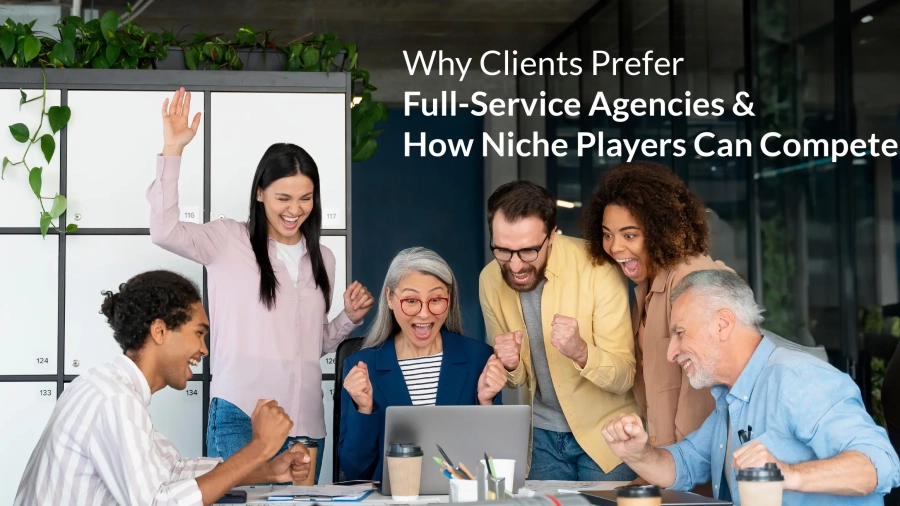The Appeal of Full-Service Agencies
Full-service agencies provide an array of services under one roof, from advertising and marketing to public relations and beyond, making them a one-stop shop for clients. This convenience means clients can enjoy seamless integration of strategies across various channels, which is essential in a landscape where multi-channel marketing is more effective than isolated campaigns.
Take, for example, a large retail brand that needed to overhaul its digital presence while simultaneously launching a nationwide ad campaign. By partnering with a full-service agency, the brand managed to synchronize its online and offline messaging, enhancing customer engagement and boosting campaign effectiveness. The agency’s ability to handle comprehensive strategies not only saved the client time but also ensured a cohesive brand voice across all platforms.
The Niche Player’s Dilemma
Strategic Partnerships as a Solution
For niche players to compete effectively, forming partnerships within an ecosystem of service providers is crucial. The most strategic move is to ally with quality offshore firms that offer a wide range of services at a lower cost. This approach allows niche agencies to provide a full-service experience at competitive prices, addressing the primary appeal of full-service agencies.
Consider a digital marketing agency based in New York that specializes in search engine optimization (SEO). By partnering with an offshore firm in India, which provides additional services like web development and content creation, the agency can offer a more comprehensive package to its clients. This partnership not only enhances the agency’s service portfolio but also keeps costs down, which is a significant selling point for clients.
Implementing the Strategy Effectively
For the partnership strategy to be successful, niche agencies must ensure that their offshore partners adhere to high standards of quality and share the same commitment to client satisfaction. Regular communication and alignment on work standards and ethical practices are crucial. Agencies might consider regular visits or long-term on-site collaborations to sync up with their offshore teams, ensuring consistency and quality in service delivery.
Additionally, niche players should focus on their unique selling propositions (USPs) such as personalized service, specialized knowledge, and innovative solutions, which can be effectively combined with the broad-ranging capabilities of their partners.
Conclusion
In conclusion, while full-service agencies offer breadth, niche players can compete by offering depth with the added advantage of cost-effectiveness through strategic offshore partnerships. This model not only enables them to meet the diverse needs of their clients but also allows them to remain competitive in a market that values both specialization and comprehensive service offerings. Through careful selection of partners and maintaining high standards, niche agencies can transform their limitations into strengths, ensuring they remain valuable players in the evolving landscape of marketing and advertising services.



